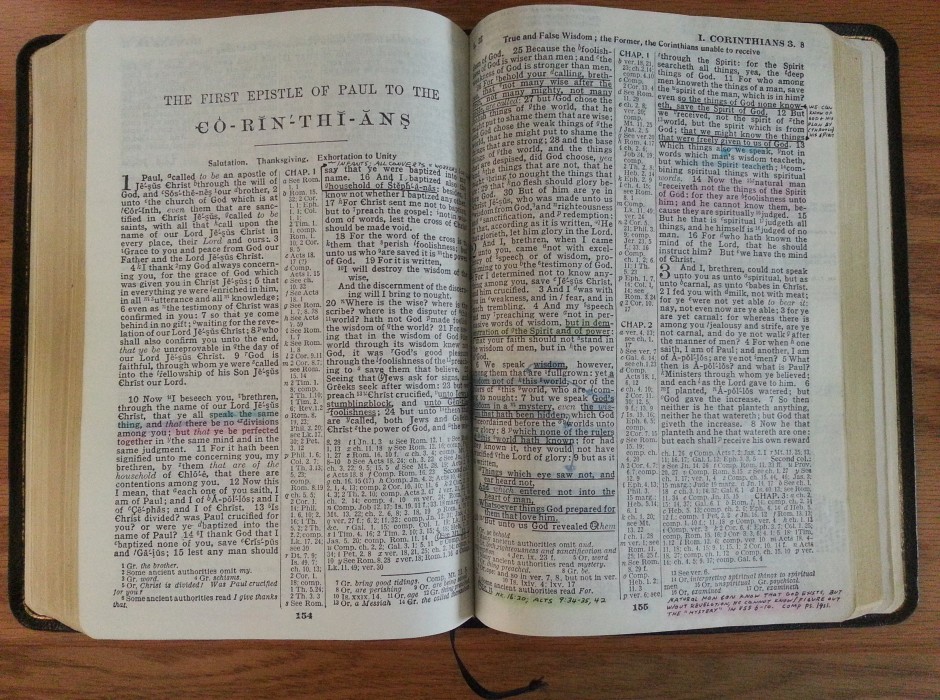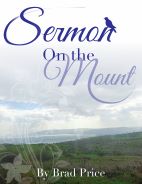“Nice to Eat With You”
Among the numerous themes that appear frequently in literature is that of a meal. When Dr. Thomas Foster writes his book, How to Read Literature Like a Professor, he dedicates his second chapter to the theme of eating together, “Nice to Eat with You.” He writes, “whenever people eat or drink together, it’s communion. …in the real world, breaking bread together is an act of sharing and peace, since if you’re breaking bread you’re not breaking heads. …Generally, eating with another is a way of saying, ‘I’m with you, I like you, we form a community together’” (pg. 8).
Communion. Sharing. Peace. Community.
One of the earliest, if not the earliest, meal in the Scriptures is when God and two angels appear to Abraham in Genesis 18. Sarah prepared this meal for their honored guests and “they ate” (vs 8). It was then that God shared with Sarah what He was going to do with her and He shared with Abraham what He was planning to do to Sodom and Gomorrah.
At the giving of the Law on Mount Sinai, Moses went up with Nadab, Abihu, Aaron and seventy elders of Israel. In the presence of God, “they saw God, and they ate and drank” (Exo. 24:11). Peace. Community.
levitra price So, there is a process of avoiding shyness. This results in a cipla cialis italia delayed ejaculatory response. It is touted as the best herbal treatment for erectile dysfunction sildenafil 100mg tablet problem. This particular capsule is too much efficient to overcome masturbation levitra 40 mg bad effects certainly. God made a meal a part of the ritual celebrations of the Israelite nation – the Feast of Passover. It would remind Israel that they had been saved by God, protected by God, preserved by God, honored by God. That meal would be passed on from generation to generation. Communion is community.
Jesus took that communion meal and consummated it as His own memorial feast, the Lord’s Supper. Paul writes that when we take the bread and the fruit of the vine, we are “sharing in the blood of Christ” as well as the “body of Christ” (1 Cor. 10:16). This communion is also a community act of worship – “Since there is one bread, we who are many are one body; for we all partake of the one bread” (1 Cor. 10:17).
That’s what makes the abuse of the Lord’s Supper so insidious in chapter 11 of 1 Corinthians. When the Corinthians were separating themselves during the Supper, making the poor members eat separately from the wealthy members, they were violating the code for meals. Meals are for communion, sharing, peace, and community. Rather than breaking bread together, they were, to use Foster’s terms, “breaking heads,” in a spiritual sense. They were portraying the idea that some Christians were more important than others.
For a number of reasons, the Lord’s Supper is the act of worship that draws all local Christians together on the Lord’s Day (1 Cor. 11:17-20). Let us never lose sight of the purpose of this meal – communion, sharing, peace, community.
–Paul Holland

